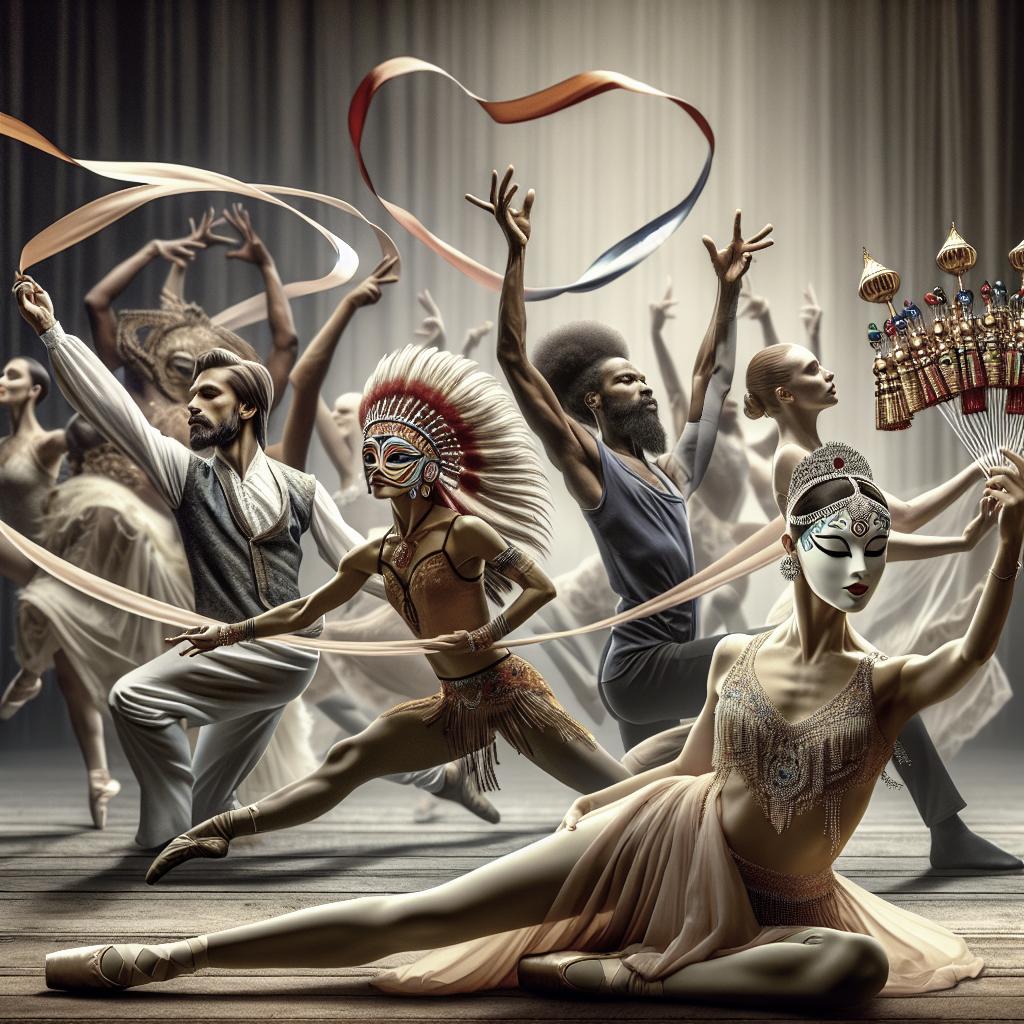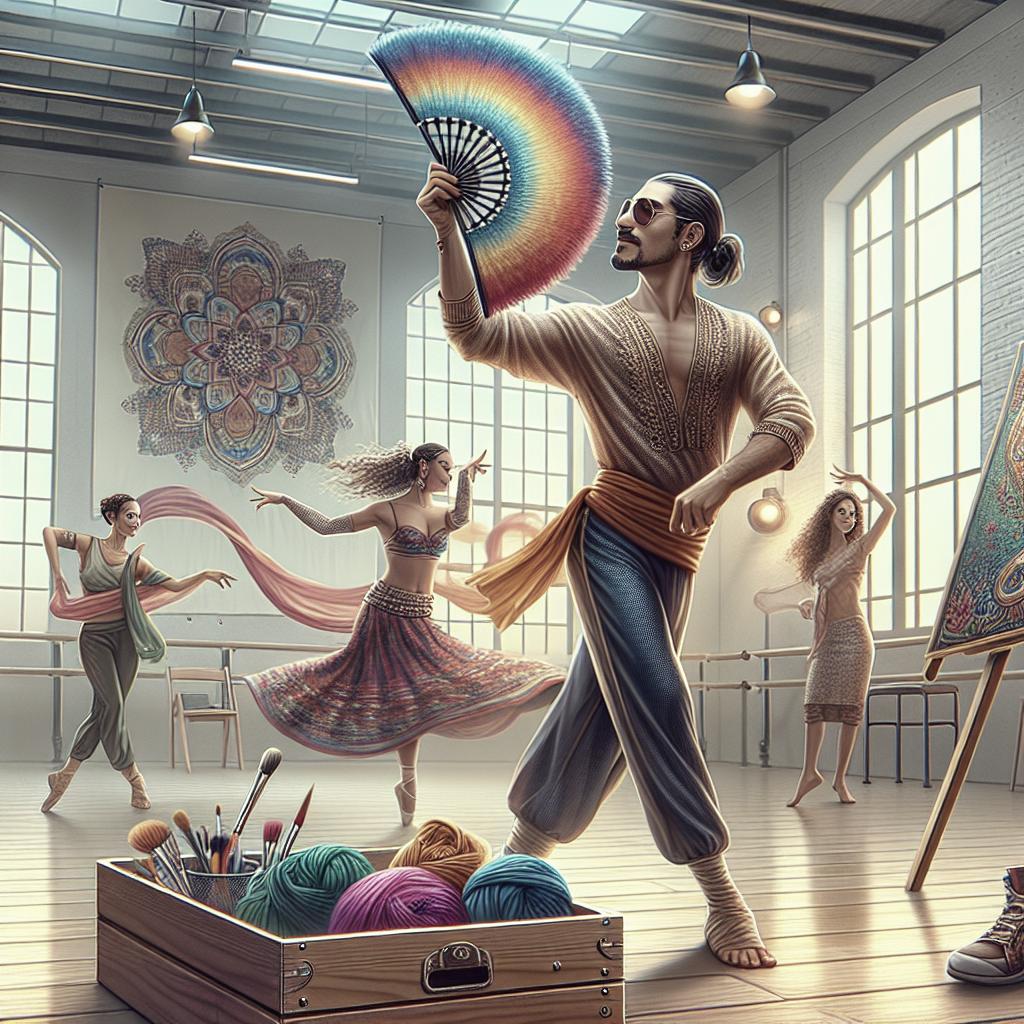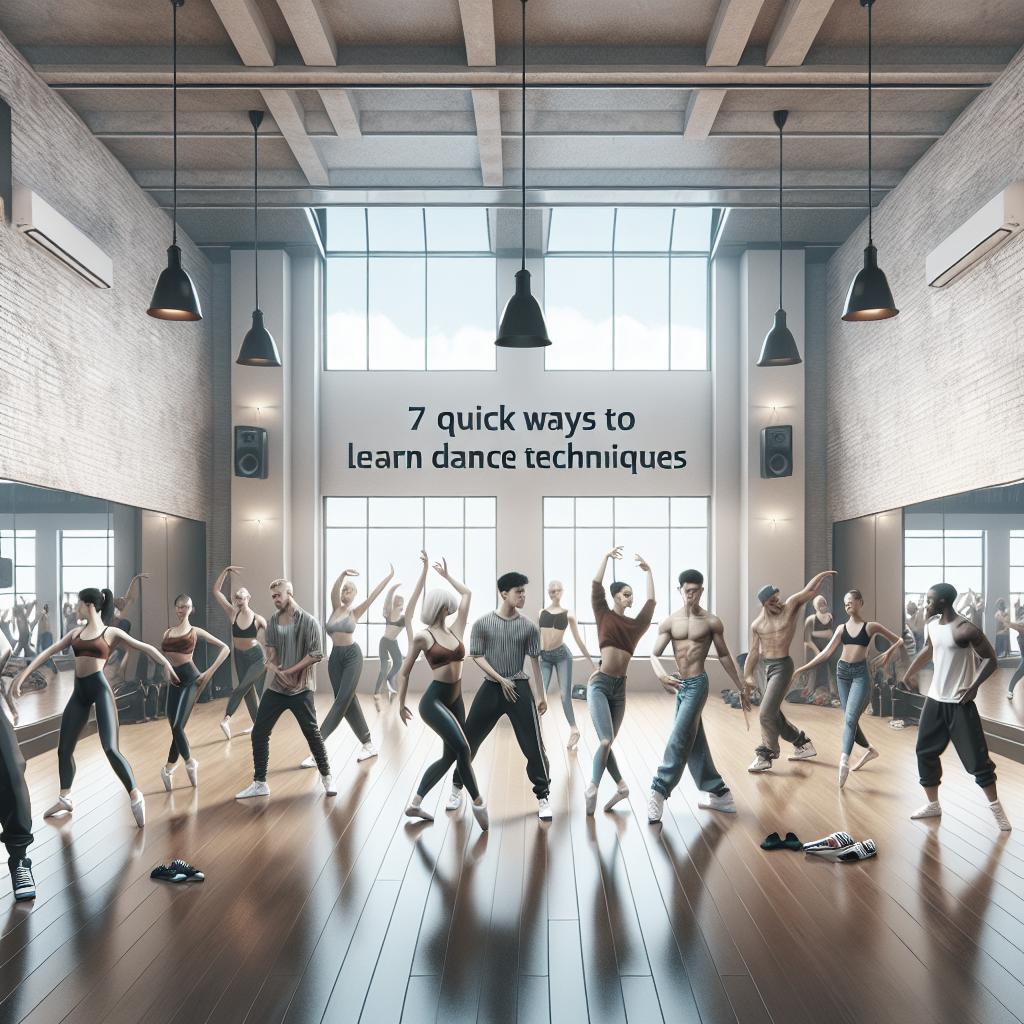The Importance of Props in Dance
Introduction
Dance, an expressive art form, is not only a manifestation of movement and music but also a showcase of storytelling through visual and auditory stimuli. Props play a vital role in this visual expression, serving as extensions of the body and additional narrative tools. From cultural folk dances to innovative contemporary performances, props have transformed the dance stage, offering depth, context, and flair. This blog post delves into the multifaceted significance of dance props, exploring their cultural origins, their transformative power in performance, and their symbolistic meanings. We examine both the supportive and challenging roles of social media in prop-driven dance performances and spotlight an iconic dance prop—the red silk dance. By understanding the importance of props, dancers and audiences can appreciate the heightened richness and storytelling prowess they bring to the art of dance.
The Pros and Cons of Social Media for Dancers
Social media has revolutionized the way dancers share their artistry and connect with audiences. Platforms like Instagram, TikTok, and YouTube provide dancers the opportunity to showcase prop-enhanced routines to a global audience. These digital stages break geographic barriers, allowing emerging dancers to gain recognition and build their personal brands by incorporating visually striking props that captivate viewers’ attention.
However, the overwhelming access to dance content can also lead to issues of originality and authenticity. As dancers strive to create viral moments, there’s a risk of props being used as mere gimmicks, diluting their significance and cultural roots. The pressure to consistently produce shareable content can overshadow the artist’s genuine connection to their props, turning meaningful tools into superficial accessories.
Emily Wilcox, University of Michigan
Emily Wilcox, a professor at the University of Michigan, has conducted extensive research on Chinese dances and the integration of props. Her studies highlight the deep cultural significance that props hold within traditional dances and how these elements can be integrated meaningfully into modern performances. She argues that while social media can democratize dance, it is essential for artists to retain a balance between tradition and innovation when utilizing props.
Wilcox emphasizes the importance of cultural literacy, encouraging dancers to respect the origins of props they choose to incorporate into performances. Through her research, she outlines methodologies for dancers to explore prop usage that is both respectful and new, ensuring that props serve as a bridge between the past and the present in dance storytelling.
Why Dance Props?
Dance props serve as a powerful tool in both narrative and aesthetic functions. They enrich the visual appeal and enhance the storytelling aspect of performances by giving dancers tangible elements to interact with. From fans symbolizing grace and elegance to swords representing power and conflict, props are imbued with meanings that deepen the audience’s understanding of a piece.
Furthermore, props can challenge dancers technically, pushing them to develop and refine their skills. They require precision, focus, and an expanded spatial awareness that can elevate a dancer’s performance prowess. By learning to manipulate and control props, dancers not only perfect their choreography but also unlock new dimensions of expression.
Learning from Folk Artists
Many traditional folk dances around the world utilize props as integral components of storytelling and cultural expression. Indigenous ceremonies, Asian court dances, and African tribal rituals often include symbolic props that represent historical narratives, spiritual beliefs, or communal values.
By studying folk artists, contemporary dancers can glean insight into the cultural significance and historical context of props. These artists serve as custodians of tradition, preserving the authenticity and integrity of prop-driven dances through meticulous practice and performance. Emulating such dedication helps contemporary dancers adopt a respectful approach to using props in their creative works.
Creating an Iconic Dance Prop—The Red Silk Dance
The Red Silk dance prop is a quintessential example of how a simple object can become iconic in the world of dance. Originating from traditional Chinese performances, the flowing red silk represents vitality, passion, and continuity. As dancers manipulate the silk in rhythmic motions, it creates an ethereal visual effect, mesmerizing audiences with its fluidity and grace.
This prop has transcended its roots, becoming a staple in various dance forms by providing a dynamic element that enhances choreography. Contemporary dancers incorporate red silk to add layers of symbolic meaning to their performances, leveraging it as a canvas for painting movement with elegance and emotion.
What Props Mean
Props are laden with symbolism. Each prop, whether part of a traditional dance or a modern interpretation, carries specific meanings that contribute to the narrative and emotional undertones of the performance. For instance, the fan, used in many cultural dances, often signifies femininity and delicacy, yet can also be manipulated to convey strength and assertion.
It is crucial for dancers and choreographers to understand and communicate the intended symbolism of their props clearly to audiences. This mutual awareness allows for a shared appreciation of the nuanced stories conveyed through dance, fostering a deeper connection between performer and observer.
Summary
Dance props possess the formidable ability to transform performances, imbuing them with narrative depth, cultural significance, and artistic flair. Despite social media’s potential to commodify the use of props, it also serves as a platform for sharing the profound impact these tools have on storytelling in dance. By studying cultural traditions, contemporary artists can honor the origins and significance of props while innovating within their performances.
Understanding props’ meaning and symbolism enriches both practitioners’ and audiences’ experiences, fostering a dance culture that respects tradition while embracing modern expression. As dancers continue to explore the boundless potential of props, they contribute to a dynamic and culturally rich tapestry of global dance heritage.
Sources
1. Wilcox, Emily. “The Use of Props in Traditional Chinese Dance.” University of Michigan Press.
2. “The Impact of Social Media on the Dance Industry.” Dance Magazine, 2023.
Further Reading
1. “Traditional Dances from Around the World and Their Use of Props.” DanceSpectrum.
2. “Props and Their Cultural Significance in Dance.” The Art of Movement, 2023.
Final Thoughts
| Topic | Content |
|---|---|
| The Pros and Cons of Social Media for Dancers | Social media offers a global stage for dancers but poses challenges to originality and authenticity in props usage. |
| Why Dance Props? | Dance props enhance visual appeal and storytelling, pushing dancers technically and creatively. |
| Learning from Folk Artists | Study of traditional prop usage in folk dances provides insight into cultural significance and authenticity. |
| Creating an Iconic Dance Prop—The Red Silk Dance | The red silk in dance symbolizes vitality and fluidity, becoming a staple in diverse dance forms. |
| What Props Mean | Props carry specific meanings that enhance the narrative and emotional undertones of performances. |


